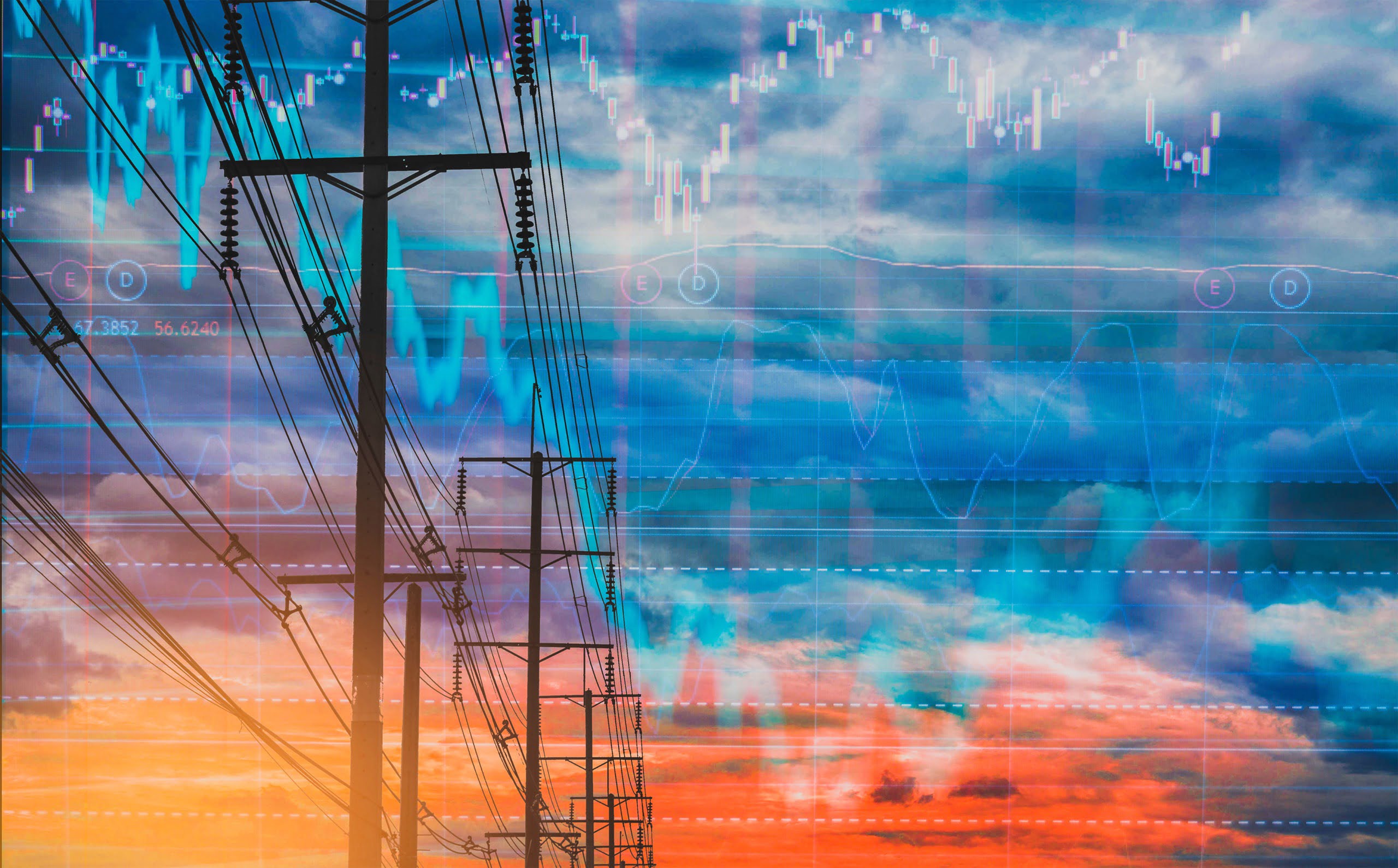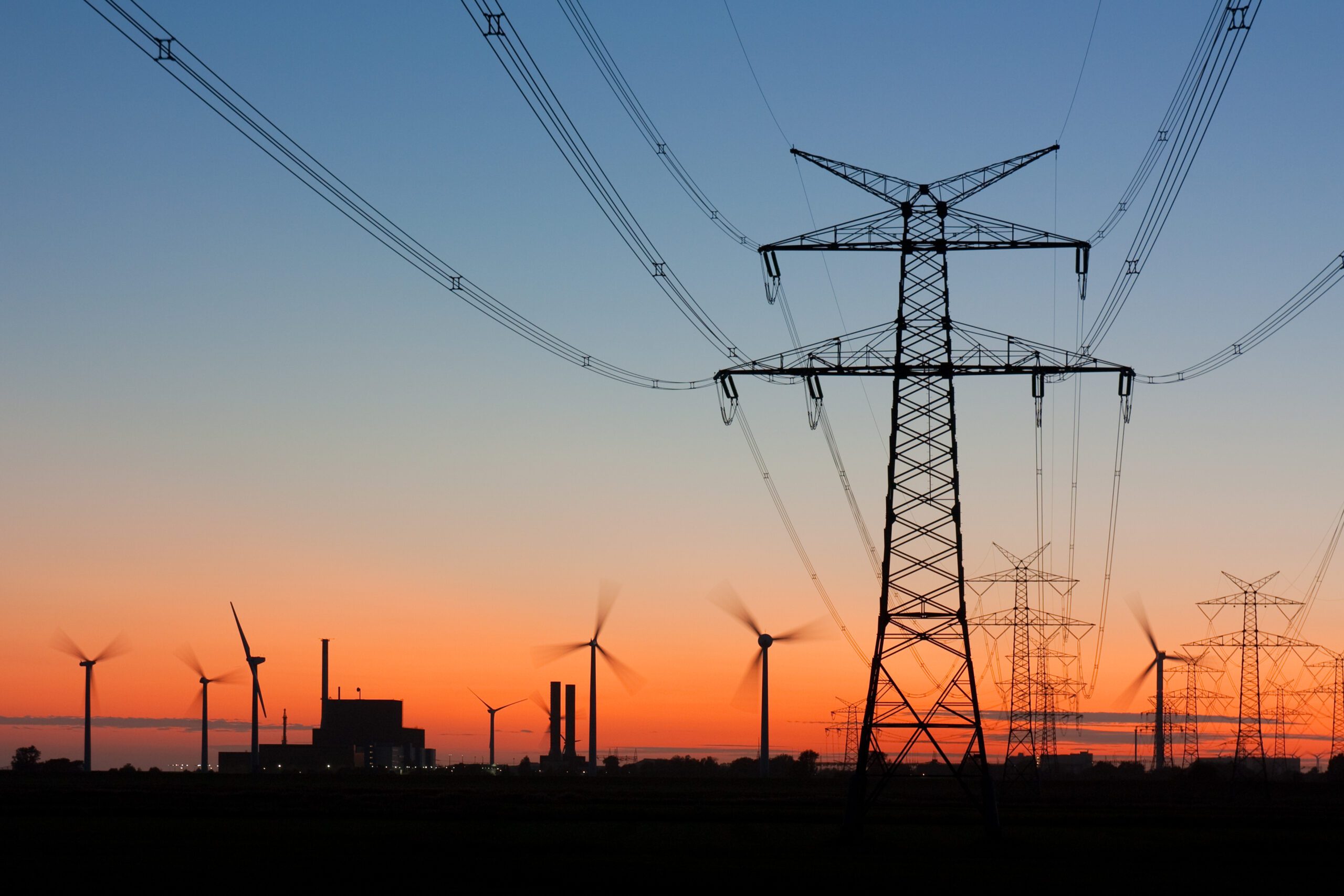
The COVID-19 impact on the energy market – an update
Back in June, we discussed the effects of COVID-19 on our energy market – from the initial drop in demand when lockdown commenced in March, to the upward reaction that we saw as lockdown measures began to ease. Three months on, our energy experts revisit the topic, to give you an overview of where we […]
Back in June, we discussed the effects of COVID-19 on our energy market – from the initial drop in demand when lockdown commenced in March, to the upward reaction that we saw as lockdown measures began to ease. Three months on, our energy experts revisit the topic, to give you an overview of where we are now.
With the UK having eased COVID-19 lockdown measures brought in earlier this year, wholesale energy markets have observed considerable volatility in Q3-20. Given the current COVID-19 situation, what is the current view on wholesale market dynamics in the tail end of Summer-20?
1. Demand losses due to COVID-19 lockdown measures have steadily been recouped.
In Q2-20 the UK observed severe reductions in demand, as major portions of the economy were turned down in lockdown. Having hit 45-year lows for March demand, the appetite for UK power has steadily climbed as lockdown measures have eased. August demand was roughly in line with 2019 levels, spurring upside moves in UK wholesale energy valuation for spot and forward contracts.
2. Economic uncertainty prevails in 2020 after severe contraction in Q2-20.
Unsurprisingly, nations across Europe saw strong contraction in Gross Domestic Product (GDP) in Q2-20, with lockdown measures cutting UK GDP by a record 20.4%. The economic outlook for 2021+ remains highly uncertain, given the continued prevalence of COVID-19 regionally. With the French/Spanish infection rates climbing and UK local lockdowns in effect, markets remain wary over the rate of economic recovery, signalling more muted upside risk to later-dated forward contracts.
3. Emissions markets continue providing volatility, as climate change action picks up.
The EU Emissions Trading Scheme (EU ETS) – a market for major consumers to purchase carbon permits – has continued to observe significant volatility in 2020. Despite a European recession on the cards, EU ETS valuation has climbed, with a seeming increase in bullish speculative activity driving valuation to near 2020 highs. Surging bullish sentiment likely comes as participants assess long term market fundamentals, with the EU Commission having agreed a €750bn economic “green recovery” package in July 20.
4. Suppressed demand has accelerated the phase-out of coal in the power stack.
The low demand conditions of Summer-20 months have driven an accelerated phase-out of coal-fired power generation in the UK. In data released by the Department for Business, Energy and Industrial Strategy, coal contributed only 0.7% of major plant power in Q2-20, with combined nuclear and renewable generation at 59.9%. Market conditions continue to remove economic incentives for coal-fired power into Winter, with this carbon-intensive fuel source likely only to be called on during tight supply-demand conditions.
5. UK nuclear generation offers upside, as EDF brings forward closure of Hunterston B.
Wholesale energy contracts across the forward curve have been pressured higher in Aug-20, on the news that EDF are bringing forward the decommissioning timeline for the 965 MW Hunterston B plant by two years. Starting by Jan-22, this news adds value to 2022+ contracts, with less baseload power capacity at hand. The news has driven upside even in 2020/21 contracts, with the entire EU ETS forward curve lifting on prospects of greater non-renewable contributions to the UK power stack in the 2020s.
Below we share some prevailing signals for wholesale energy markets, outlining drivers of bullish upside risk against downside potential.
| Bullish | Bearish |
| EU ETS (carbon) markets continue to exhibit volatile price action, with recent trading activity indicating that purchasing appetite is strong | Considerable economic uncertainty for 2021+, with markets bracing for demand impact of furlough scheme ending in Oct-20 |
| Prospects for subdued nuclear power generation in coming years adds to market concerns over UK baseload capacity | Coal-fired power generation remains priced out regionally versus gas, with political action aiding the phase-out of this carbon-intensive fuel |
| Imports of Liquified Natural Gas to the European hub remain subdued, with the Asian gas hub being the preferred shipping direction whilst global supply picks up | Market uncertainty prevailing on the direction of COVID-19, with progression into Winter adding uncertainty around potential increases local lockdowns/returning national lockdown |
Given the economic uncertainty for 2021+, forward planning for businesses across the country remains challenging. Business owners must manage the current impact of COVID, whilst futureproofing their business from a financial basis.
Despite expectations for continued volatility in UK energy markets, what cannot be understated is the continued value futures contracts currently offer versus historic levels. Coupled with our prevailing view of upside risk, at Inspired Energy we believe there have been few better times to ‘Buy-it-Well’.
To take advantage of current market conditions, get in touch with Inspired Energy on 01772 689 250 to discuss your procurement options.
Inspired Energy’s Market Research and Intelligence Centre brings together a wealth of information, data and news to support the development and implementation of successful long-term energy management strategies. From understanding the latest wholesale market changes to any new carbon reporting regulation, we have all the answers to the questions you need. If you would like to receive either our daily or weekly insights via email or subscribe to our monthly insight webinar, please click here.










